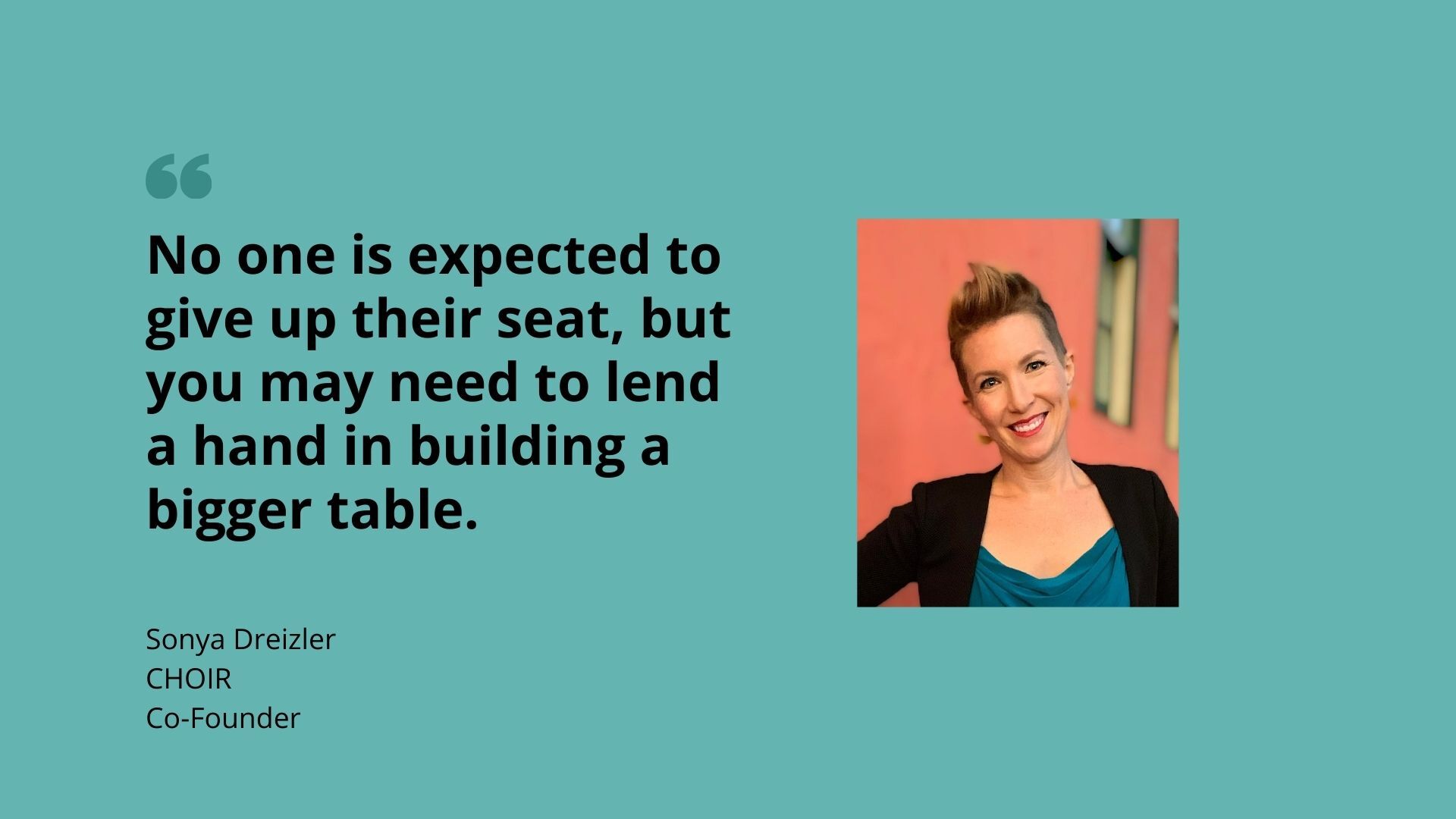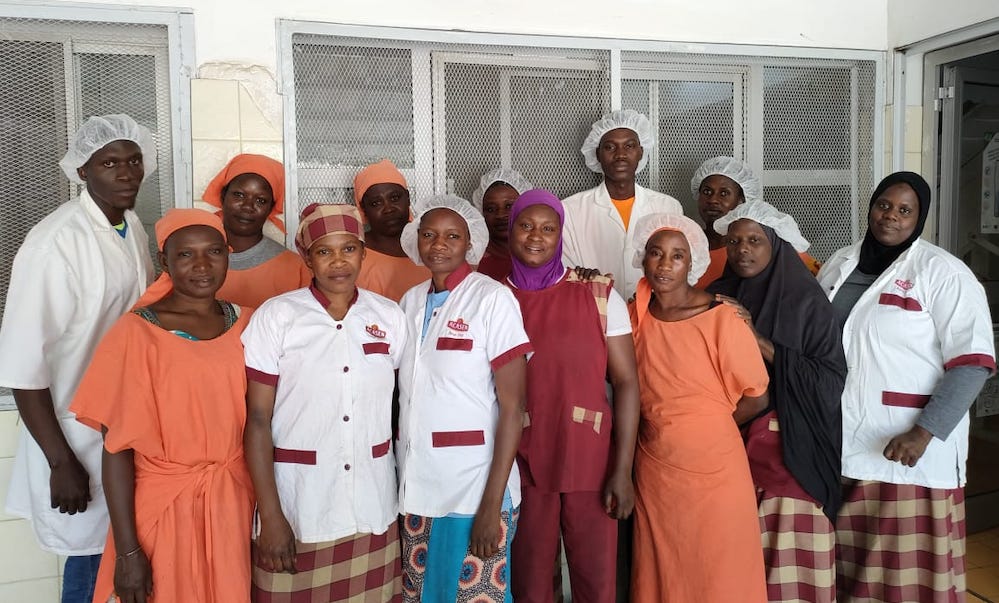Consider this: women face a daunting $1.7 trillion financing gap globally, according to the Women Entrepreneurs Finance Initiative. Research from the Bill & Melinda Gates Foundation and the Eurasia Group quantifies this missed opportunity: investing in women could supercharge global GDP by $3 trillion before 2030.
Why aren’t banks jumping on such a compelling financial opportunity?
It is especially puzzling since over the last two decades donors have cajoled banks with many financial incentives, including concessional loans from the World Bank and free training and mentorship programs for women-led small and medium enterprises to make them more creditworthy. Some international financial institutions have even designed dedicated instruments, such as the Inter-American Development Bank’s “gender bonds.”
Yet none of these approaches have found perch. While development finance institutions and commercial banks don’t publish data, questions about utilization rates abound. With the number of women requiring access to finance steadily increasing, it is clear that current approaches are insufficient. Concessional facilities have low utilization rates (evidenced by the staggering growth in unmet needs), and Gender Bonds are limited in both issuance and ownership by institutional investors. In other words, even when they are paid to do so, banks in many regions are still not lending to women.
Risk averse
What is going on? Sometimes gender bias is at play, but there are other and possibly bigger issues. One is that global regulatory standards make women-led companies less financially attractive for most commercial banks – which like to maximize profit and minimize risk. Global banking standards, known colloquially as the Basel capital rules, for the location in Switzerland which hosts the standard-setting body, work on a risk-based scale. Basel says that banks must offset the risks they take proportionally through a range of options. The greater the risks, the more expensive the offsets.
Confusingly, women entrepreneurs can be considered at risk levels on par with venture capital funds and other highly volatile investments. Small-business loans tend to require relatively larger reserves requirements than their larger counterparts; the imbalance can be exacerbated for women entrepreneurs, who often lead slower-growing service businesses. Banks shift as much of their incremental regulatory costs onto the customer, and for women, costs are often linked to poorer credit histories and lower margin businesses. In short, women entrepreneurs offer less cream to skim in each cup. Even if there are more cups to skim, a bank’s culture and Basel might easily rule women entrepreneurs out.
The Basel Rules influence global practice even for countries who are not members of the accord. As a result, commercial banks in developing countries tend to adopt risk-thinking that favors larger companies, with longer histories, higher margins, and greater growth potential regardless of their comparative merits or risk profiles vis-a-vis small- and medium-sized enterprises. Correspondent and development banks encourage this behavior.
This may be hard to change, at least for now. Basel rules became more stringent in the aftermath of the Great Financial Crisis, and regulators do not appear ready to backtrack. Yet advocates of increased access to finance for women should know that this is a major roadblock in the financial system.
A US model
The second avenue to consider, as a parallel and an alternative, is to create financial institutions with the mandate and resources to support women entrepreneurs. Recent history offers a compelling example, albeit not in the way international organizations typically think.
In 1977, US President Jimmy Carter signed the Community Reinvestment Act which mandated a safe harbor for financial products specifically for underserved, low-income populations. The CRA was structured as an add-on to the commercial banking system, with the goal of giving back to communities.
Instead of trying to change bank behavior through carrots, the CRA’s authors quietly formed a whole new financial ecosystem for low-to-moderate income communities almost entirely outside of it–but still with enough sticks to make the banks responsible for its success.
The CRA’s genius strokes are that it encouraged banks to invest in low-to-moderate income communities through community development financial institutions, or CDFIs, that are built to serve at a subsidy; and mandated that the banks collect data on impact and outcomes for the Federal Reserve to analyze and use for enforcement actions.
The CRA is not only notable for its social impact; it is one of the first pieces of legislation whose authors recognized the power of corporate incentive structures and the value of data analysis to cajole banks toward intended behavior.
Thanks to the CRA, banks in the US are required, and able, to channel resources to Community Development Finance Institutions and related funds. These entities, in turn, are good at catering to local community needs and can lend at subsidized rates, making these products suitable for women entrepreneurs and for achieving greater equity.
As donors call for increased funding for women entrepreneurs, now is the moment for sober assessment of what has not worked, and fresh ideas on what could. Following the CDFI template, it is possible for developing nations to fix the Gordian knot of women’s financial inclusion. A pivotal step is to learn from the tried and tested CRA architecture to carve out spaces in each country’s financial system, spaces that are context-appropriate and built to take direction from local communities.
Christina Campbell-Zausner is a Co-Founder and Managing Partner at WhiteLabel Impact. Her career spans senior-level private and public sector experience at some of the world’s most complex organizations, including the Federal Reserve Bank of New York.
Dr. Emily Brearley is the Founder and CEO of solution42.org, and a co-conspirator at WhiteLabel Impact. Dr. Brearley’s career as a development economist began two decades ago at the World Bank and she has since worked with international financial institutions, foundations, startups and NGOs.











